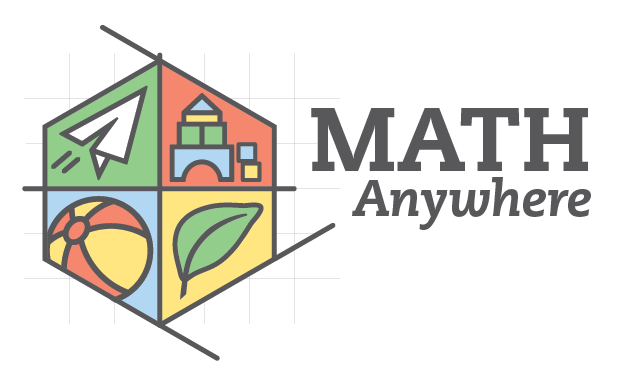Same or Different?
“You like ‘poTAYtoes’, and I like ‘poTAHtoes’, you like ‘toMAYtoes’, and I like ‘toMAHtoes’…”
Sorry, I couldn’t resist.
The game Same or Different? is one of the easiest games to understand and immediately play because we humans play it constantly without realizing it. Categorization is an important kind of mathematical thinking, and this game, like Which One Doesn’t Belong, encourages that. So let’s play! Look at the two groups in the above image, and ask Same or Different?
Same: They are both foods in the produce aisle.
Different: Tomatoes are fruit, potatoes are root vegetables.
Same: They are both about the same size and spherical shape.
Different: The tomatoes have leafy parts. (Follow-up: What if the potatoes had sprouting roots?)
Different: The tomatoes are red, the potatoes are brownish. (Follow-up: What if the potatoes were the red variety?)
Same: They both are in a big bin and there are hundreds of them.
You get the idea!
This is also a game where you can incorporate the mathematical principles of size, position, quantity and shape while playing.
The video from the How-to page demonstrates how this game might go with kids (videos on the How-to page are also now available in Spanish):
If you want to start playing this game at home with some guidance, check out our printables. They will help you get a feel for how to choose the two objects to compare. You can play with your kids and make it a conversation, or send the older kids off on their own to write down their answers for some math + opinion writing time. If they really get into it (or you do!), you can also make your own games using our blank printables.
Here’s a video I took of my 5-year-old sharing her ideas for Same or Different? with some additional ideas added from her older sister:
If your family enjoys some friendly competition, you can also make it a Same or Different? battle. Have one person take the “same” position and the other argue “different” until one runs out of ideas. (Hint: In my experience, “same” is generally the harder position to argue, so you might want the older, more gracious participant take that position.)
Here are my oldest two kids using our printables for a fun Same or Different? battle:

Melissa Burt
Guest Contributor
Melissa is a Graphic Designer & Copywriter at Educational Service District 112 who provides design for Math Anywhere’s printed and online materials. She is also the mother of four young math-curious kiddos.
